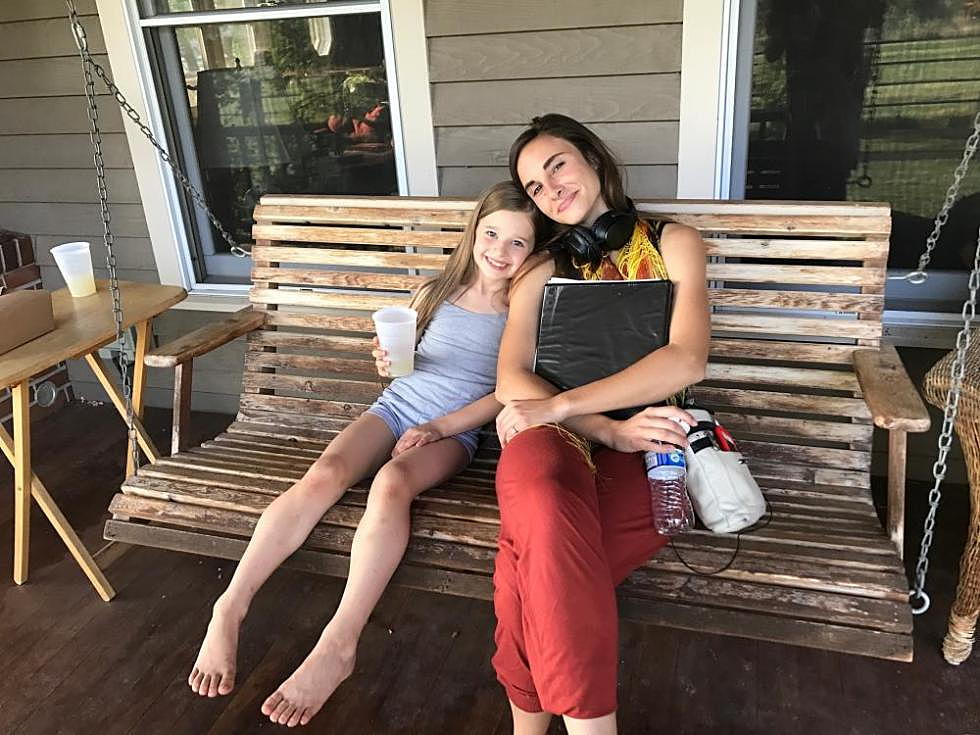
Montana-made films get red carpet treatment at Cannes Film Festival
Montana landscapes and stories are commanding screens and collecting positive reviews at this year’s Cannes Film Festival.
"Wildlife" and "Rainmaker" – both made in Montana – received invitations to the prestigious festival, which continues through Saturday in Cannes, France.
“Wildlife” was partially filmed on location in and around Livingston, while “Rainmaker” was written and produced by Missoula filmmaker Katherine Cronyn and was filmed in Montana by a mostly Montana crew.
The films’ selection created “great exposure” for Montana, said Montana Film Commissioner Allison Whitmer.
“Wildlife” has garnered considerable attention since leading off Critics’ Week at Cannes, the only U.S. film in the lineup of showings dedicated to filmmakers’ first or second productions.
Out of 1,100 submissions, just 11 were selected for viewing during Critics’ Week.
“Wildlife” is director Paul Dano’s first trip behind the camera and tells a story he adapted from former Missoula resident Richard Ford’s novel by the same name.
Set in 1960 Great Falls – portrayed by Livingston for the filming – “Wildlife” is the tale of a young wife and mother testing, and ultimately taking, her independence.
The film's couple, Jeanette played by Carey Mulligan and Jerry (Jake Gyllenhaal), are new to this part of Montana, but Jerry has already lost his job at the local golf course.
Their teenage son Joe (Ed Oxenbould) is more than observant enough to see his parents are having marital problems, which become intractable even before Jerry heads off to fight fires for the summer. While he’s away, things get interesting at home.
Montana film and tourism promoters are giddy with the film’s positive reviews, selection to show at Cannes and the ample screen time given the state’s vaunted “Big Sky” vistas.
Wrote The Guardian reviewer Jordan Hoffman after seeing “Wildlife” during its premiere at this year’s Sundance Film Festival: “They call Montana Big Sky Country, which I’ve always found to be the most beautiful nickname. It doesn’t quite make sense – how could the sky be bigger there than in London or Paris or Asbury Park, New Jersey? – but somehow an image still develops in the mind. Those snowy mountaintops and unobstructed horizons get plenty of screen time in Wildlife, a small gem of a film …”
Meanwhile, “Rainmaker” is short feature that relies less on the physical landscape and more on its characters’ interior struggles, although Montana provides a notable backdrop for the story.
Written and produced by Missoula’s Cronyn, the film “is the story of K, a young woman trapped in the cyclical nature of an eating disorder,” she said in a promo earlier this year. “It attempts to see eating disorders from a singular female vantage point in an effort to dispel certain false mythologies and make the truth of the disorder more universally available.”
It is based on the experiences of several women in Cronyn’s family, so is “in my blood,” she said. In the film, a mother and daughter are trapped at different stages of an eating disorder.
The film explores not only eating disorders, but the mother-daughter relationship – “the most complicated and beautiful thing in the world,” in Cronyn’s words.
Ultimately, the mother-daughter relationship is “a path to recovery.”
Cronyn’s father, Chris, co-produced the film with her and said his interest was in giving his daughter a venue to tell a story that is only hers to tell.
Eating disorders, Katherine Cronyn said, are so misunderstood and rarely even talked about – being relegated in the public consciousness to a minor problem associated with vanity.
“My experience with it couldn’t be more different than that,” she said.
The film’s post-production and marketing costs were raised via an online crowdsourcing appeal.
In an interview with Follow Magazine, Cronyn gave a shout-out to the Montana Film Office for its support.
“Since we filmed in the state of Montana and a large portion of our crew was local to the area, the Montana Film Commission has been, and continues to be, one of our biggest supporters,” she said. “Their unending dedication has brought more visibility to the project that anything else.”
Cronyn sought out festivals – Cannes being the most prominent – to introduce her film to a wider, more influential audience.
“A successful festival run would bring the subject of eating disorders to the attention of a wider audience,” she said. “There is a vast and deeply complex psychology tied to this disease. Every experience is different, as is every journey toward recovery. Our hope in sharing this story, this one experience of illness and healing, is to bring light, understanding, and acceptance to a group of people who could use a little more love.”
